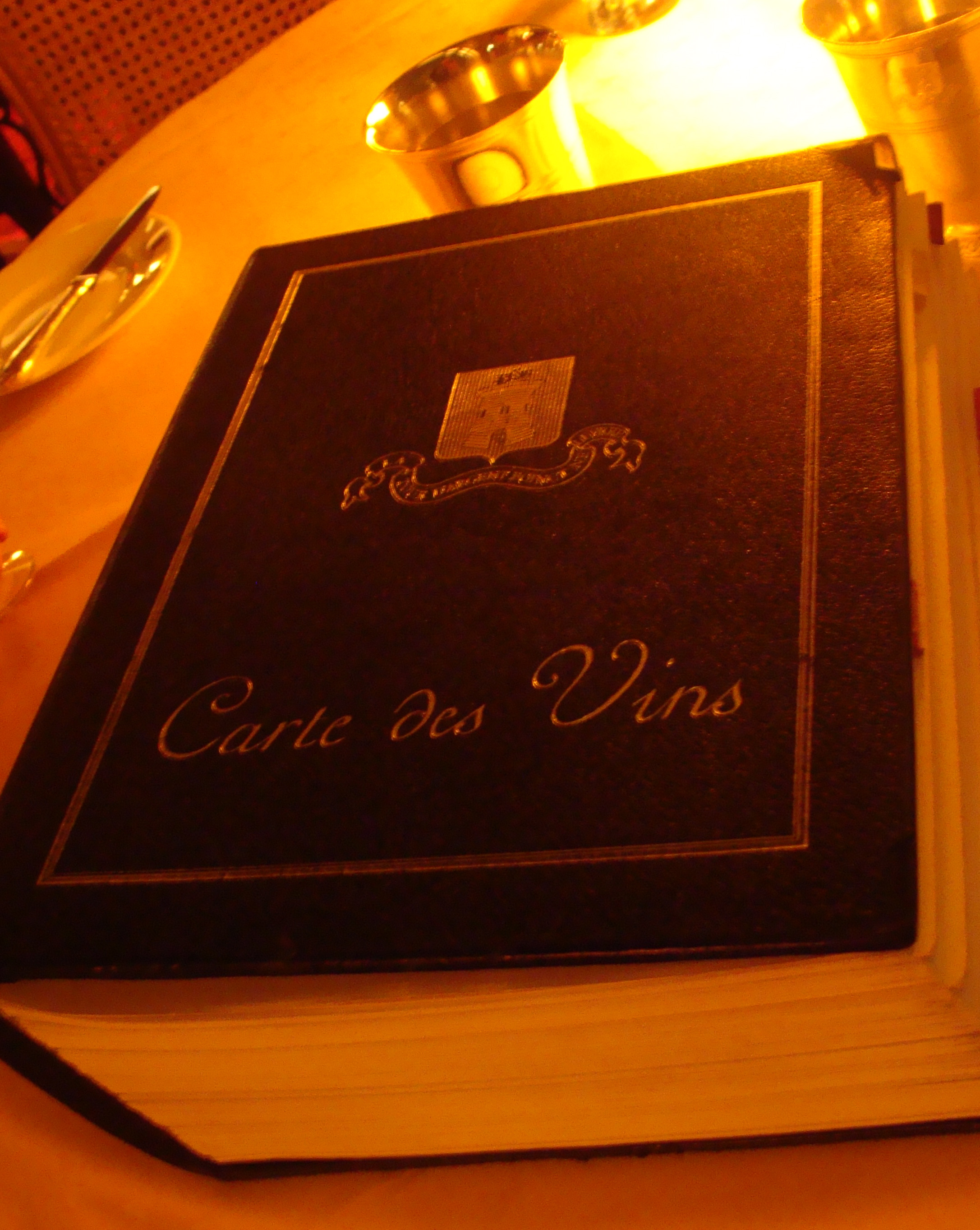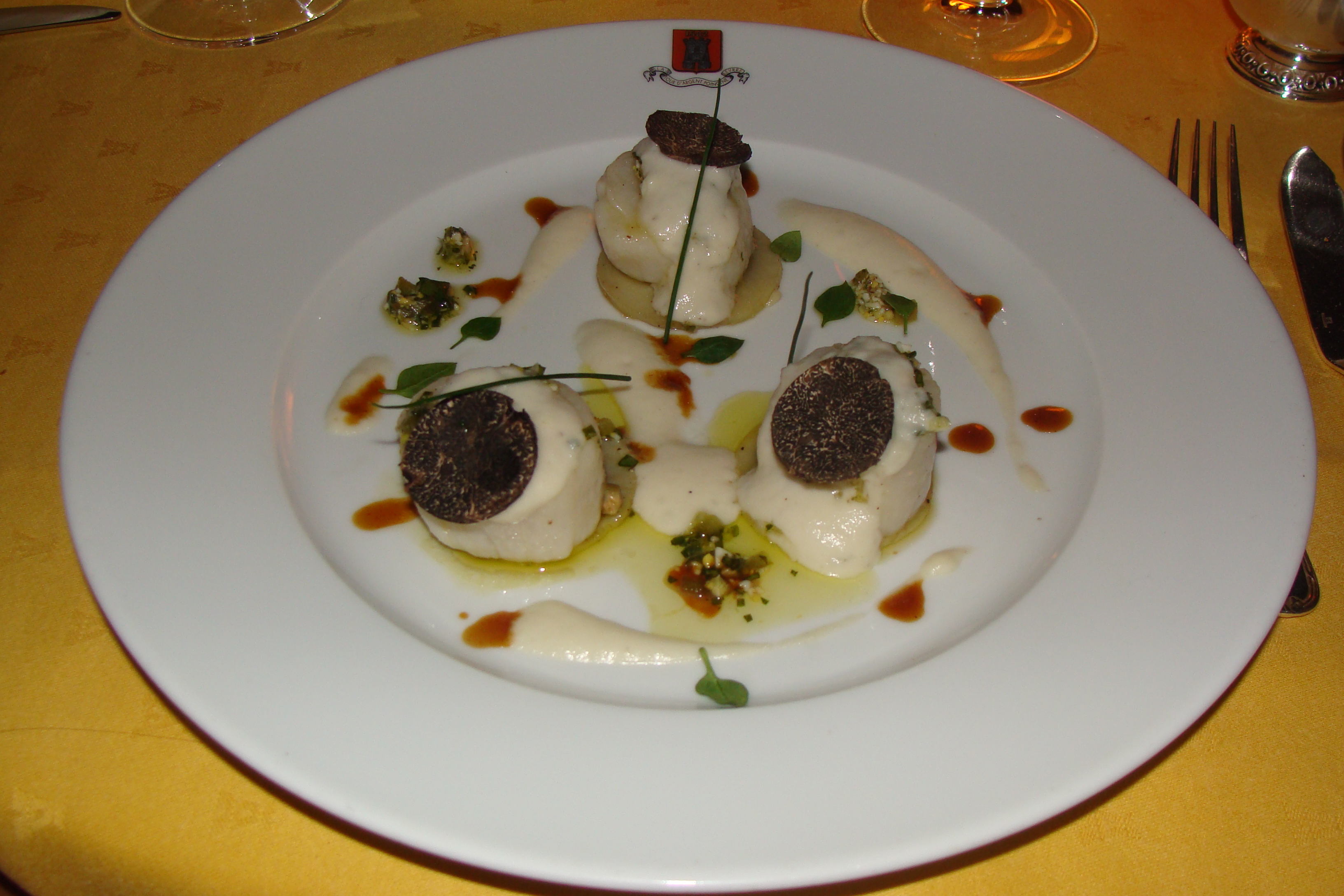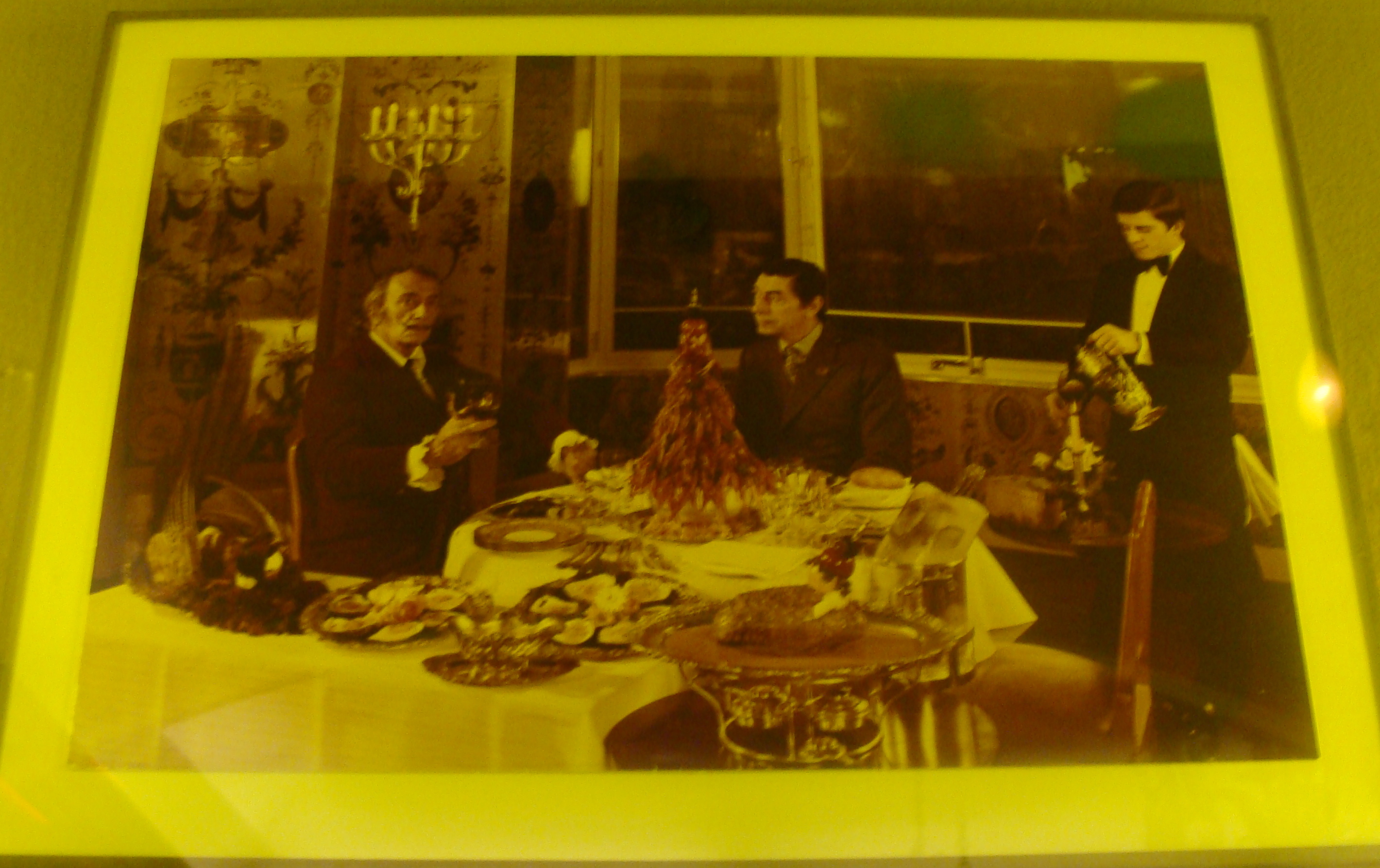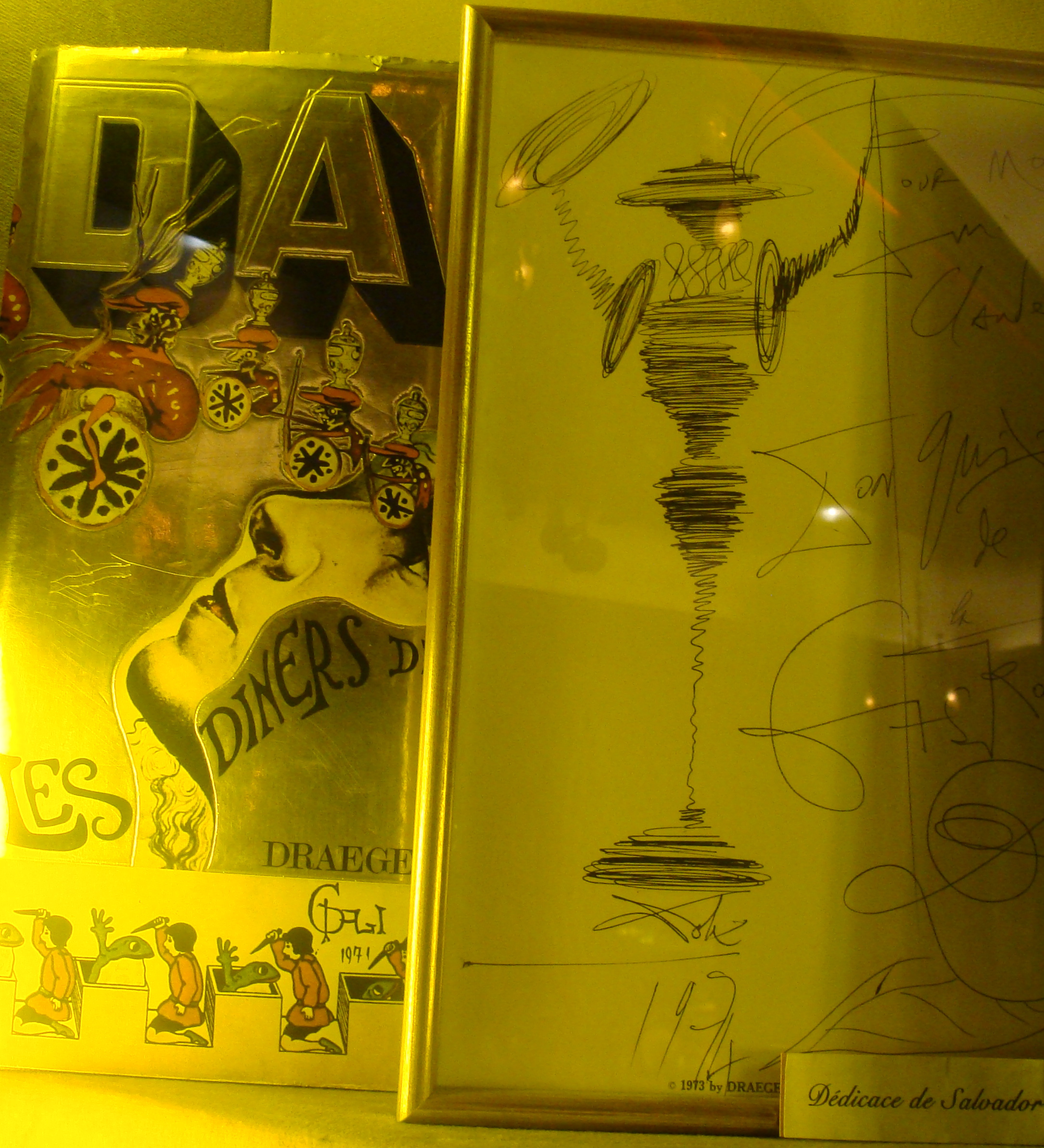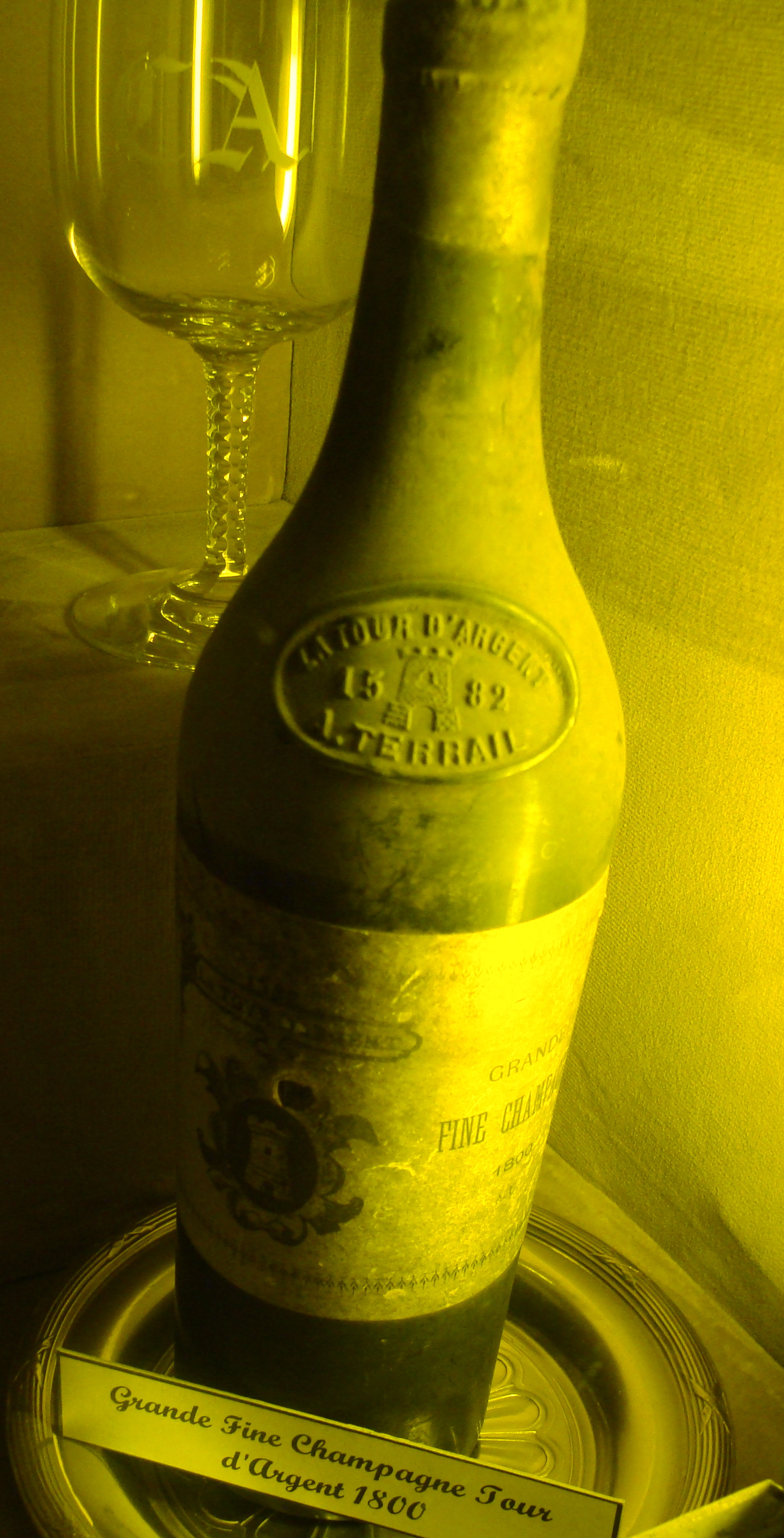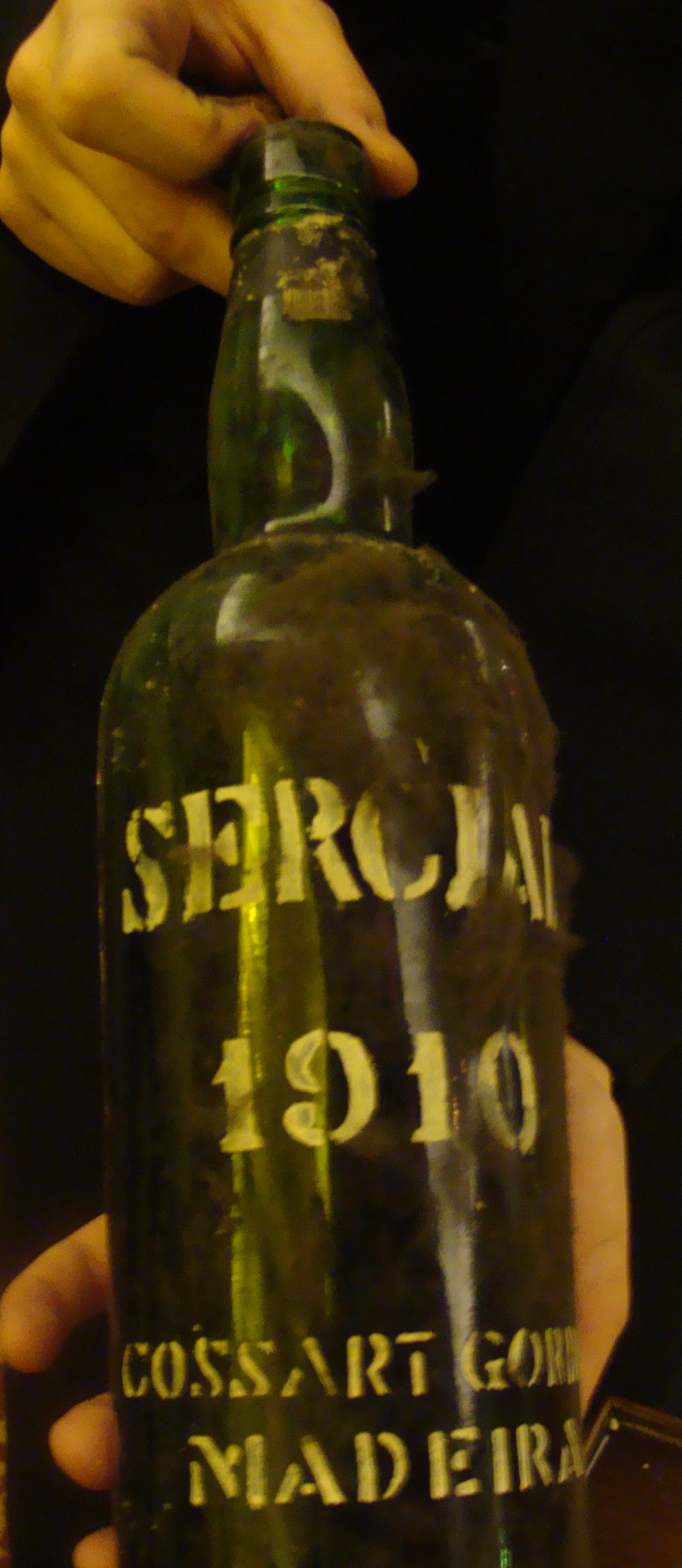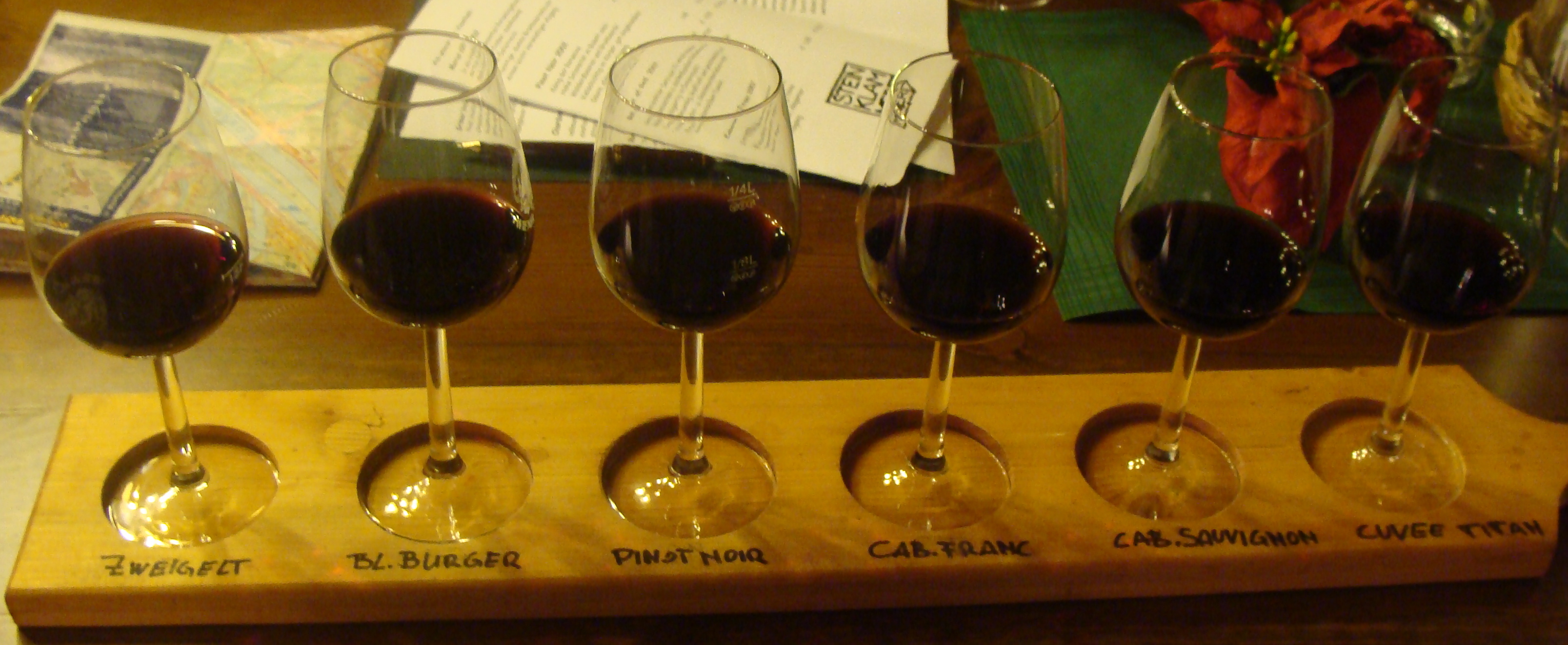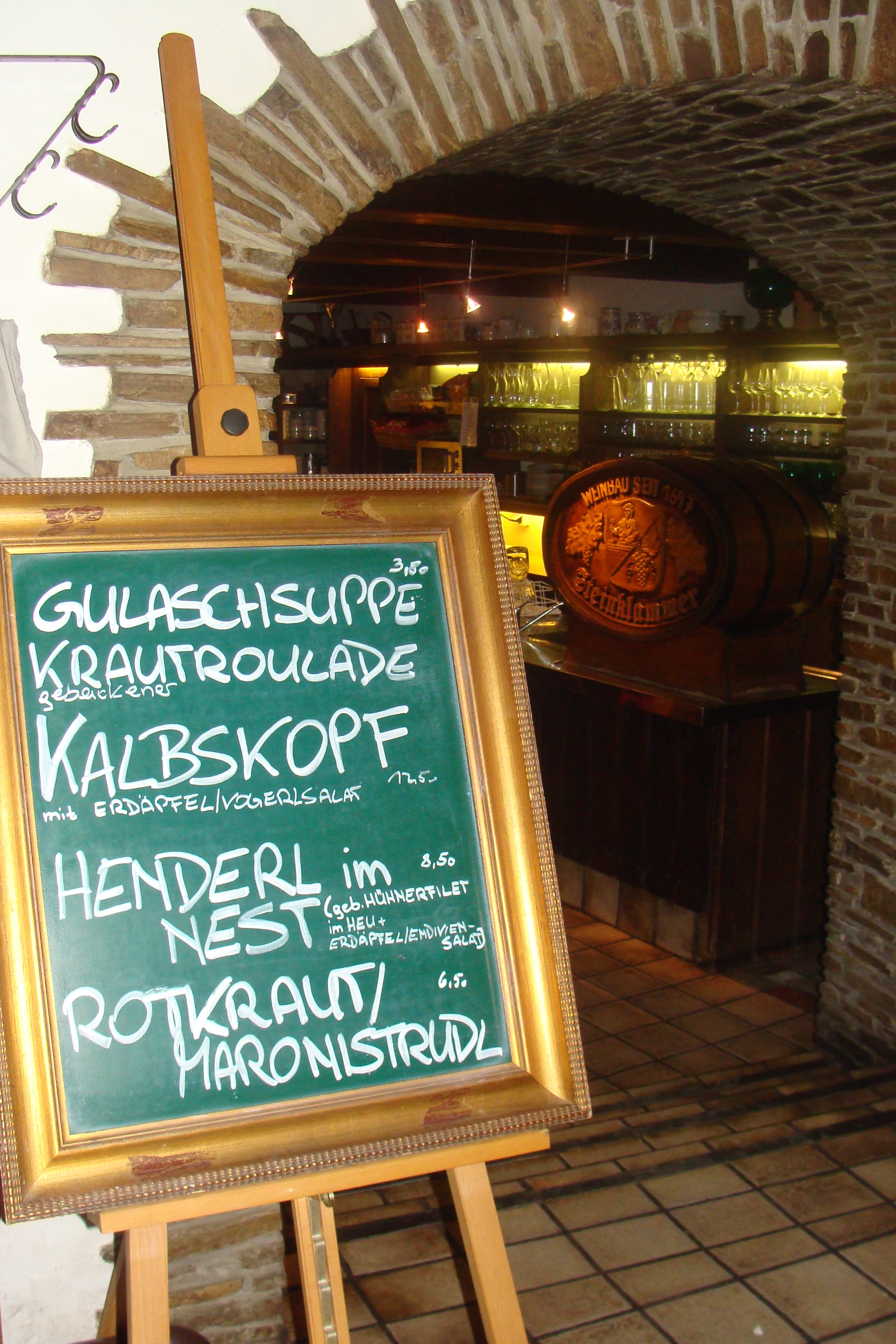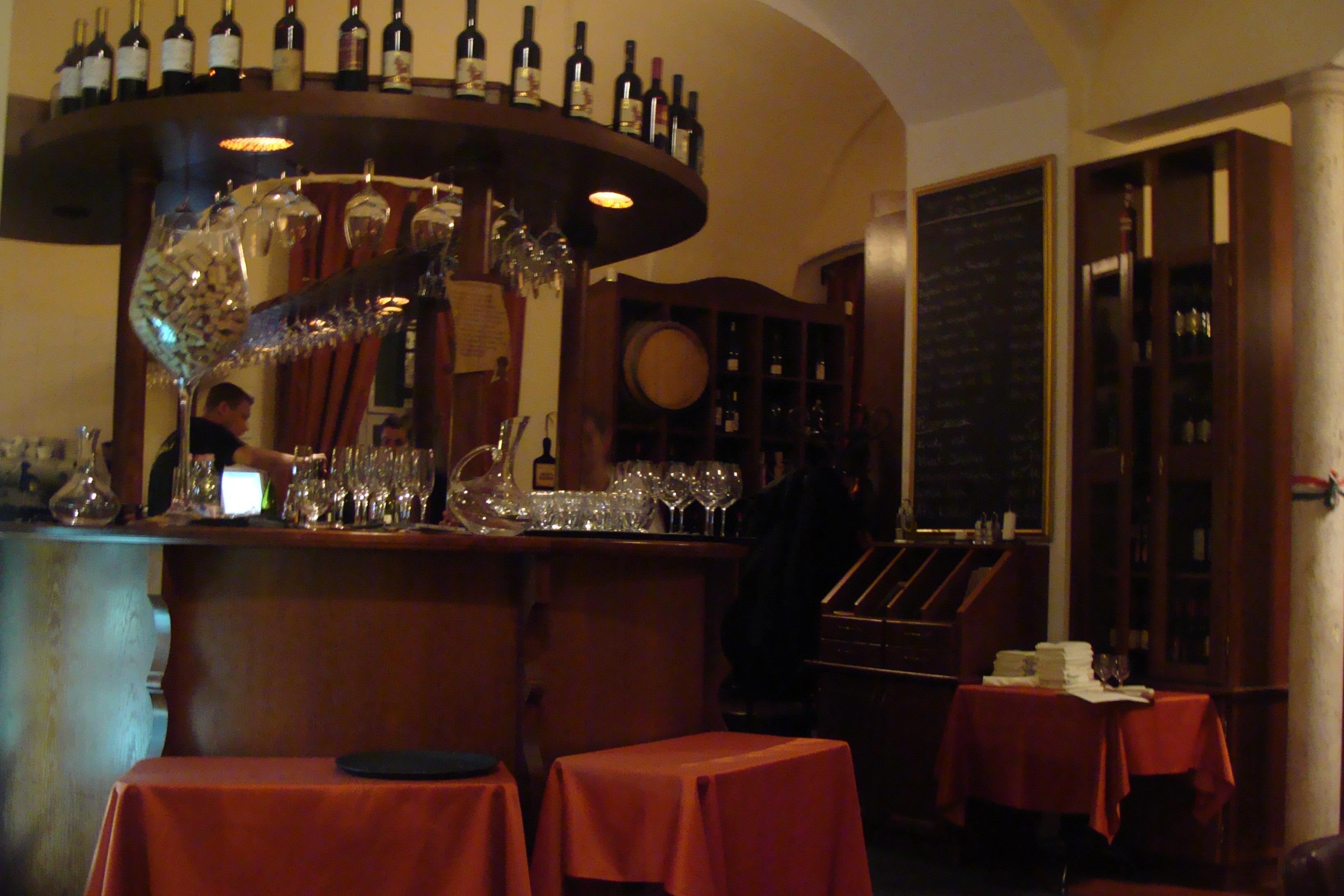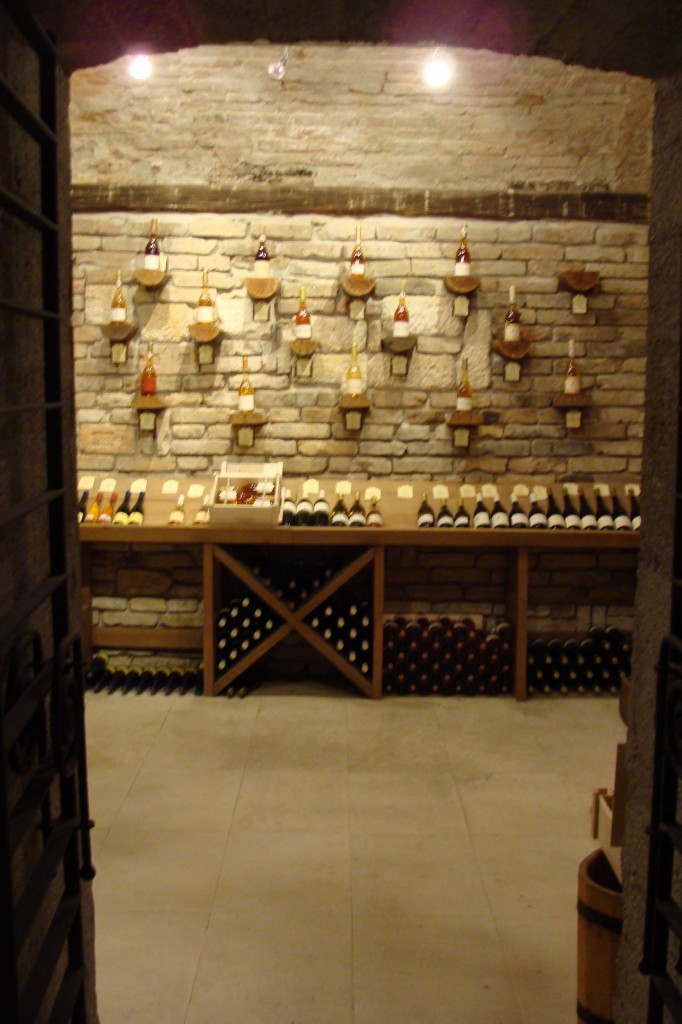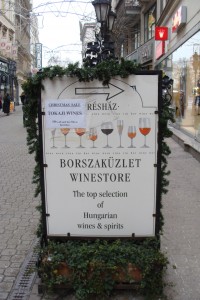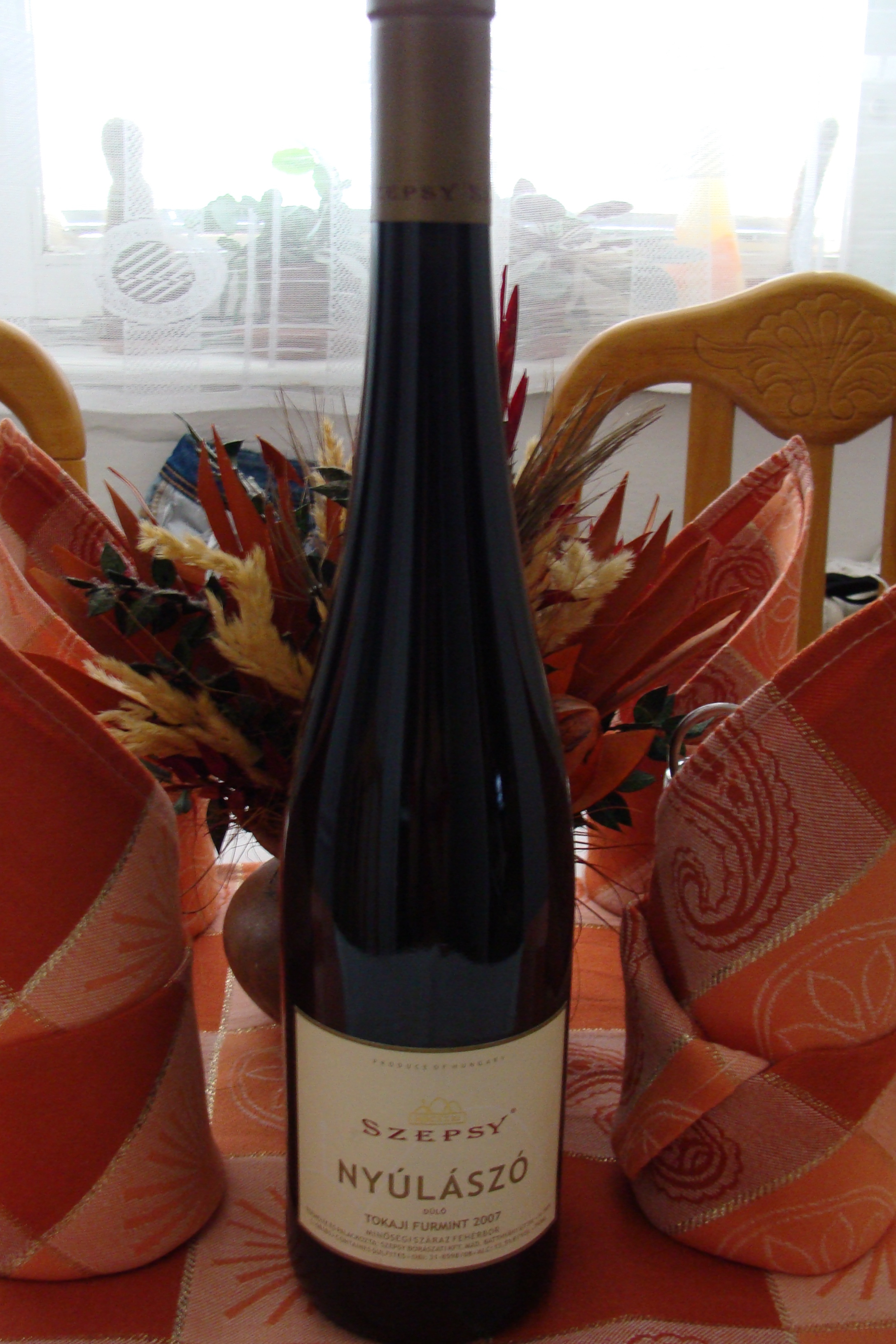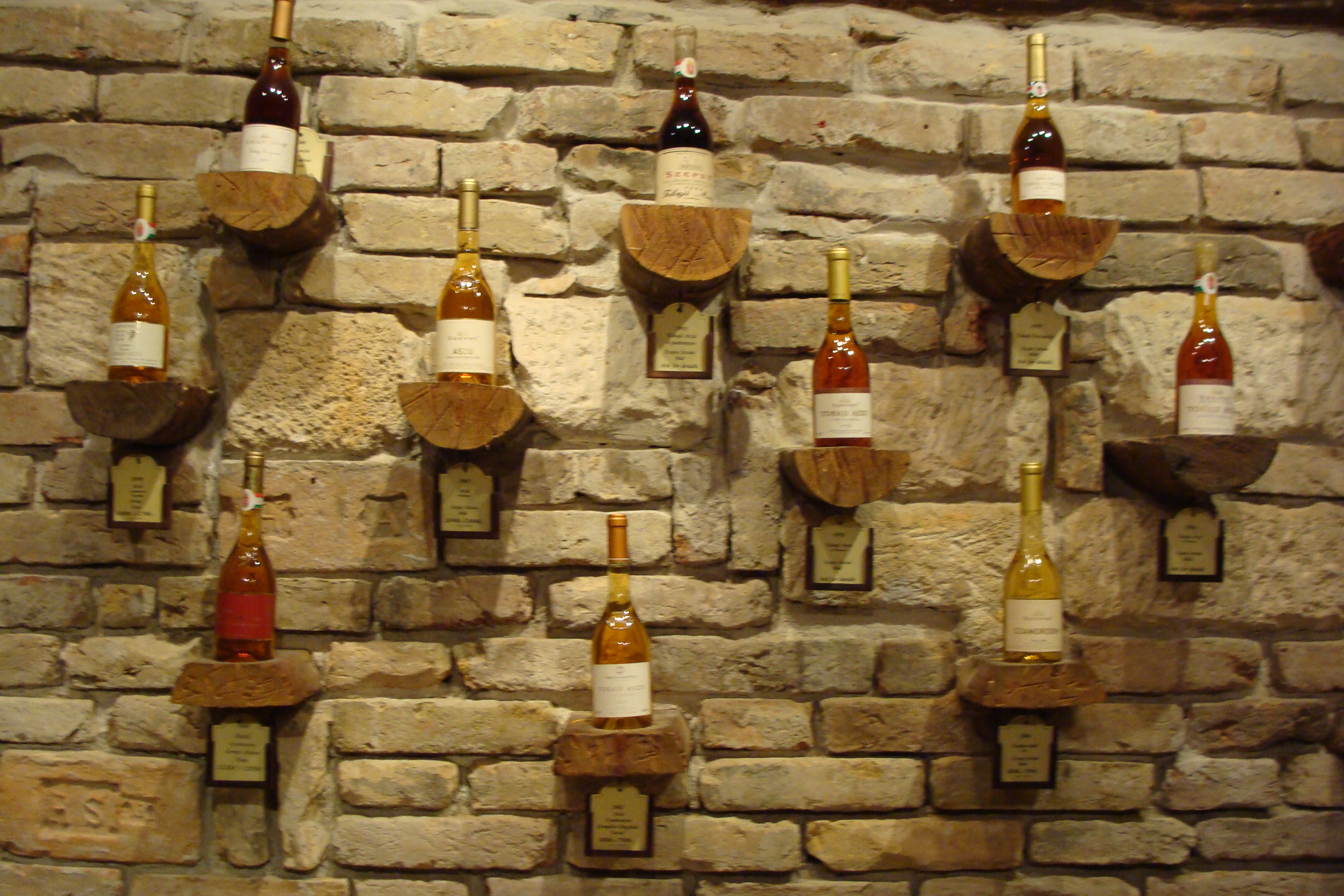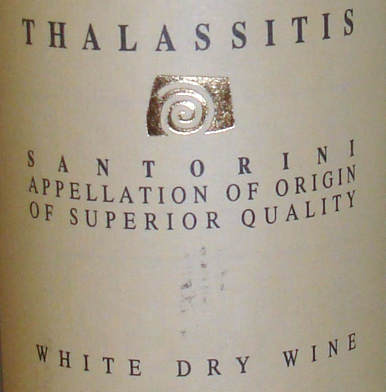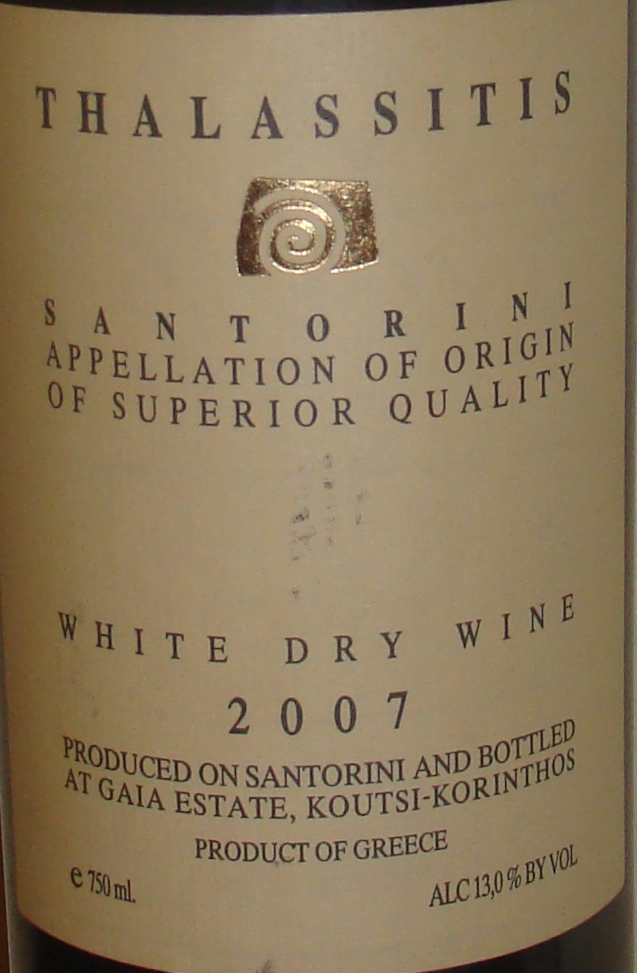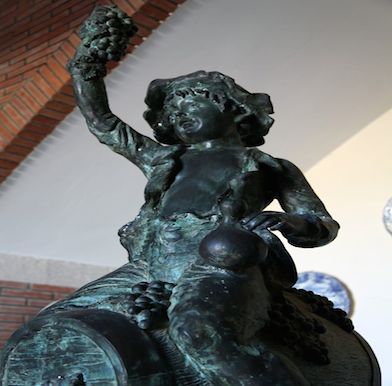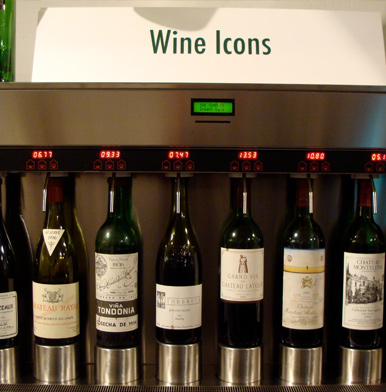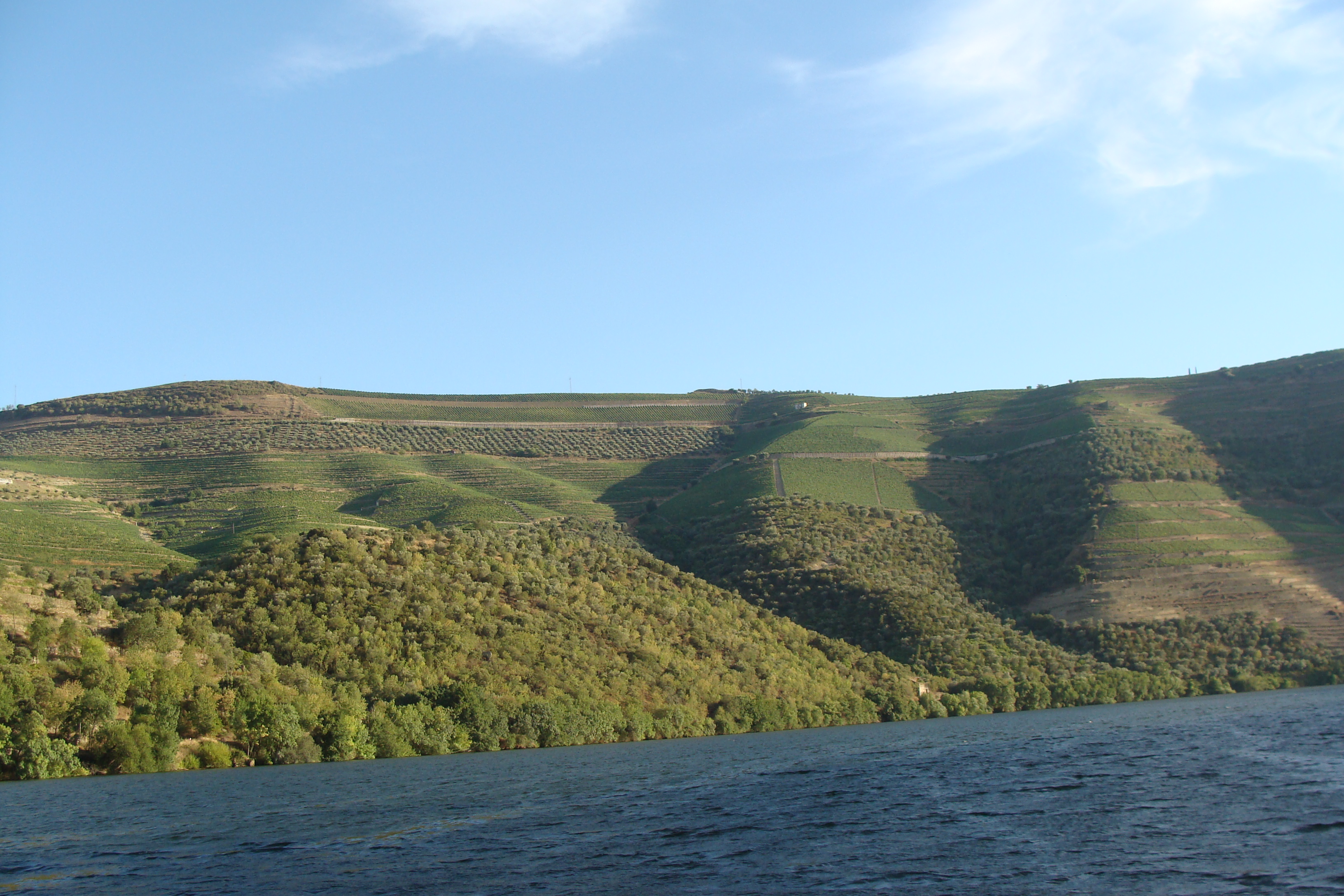Vivin: a secret gem of Parisian wine shops
Set a way far from the herds of tourists relentlessly taking pictures of each corner of Paris Vivin is the right place to unwind after a five-hour museum marathon.
Following the advice of a friend ( naturally a wine enthusiast like me ) I took a break from my annual January sales hunting and headed to the suburbs of Paris to visit Vivin. This wine shop is known for its cellar full of rare mostly French wines for which you would have to pay a fortune in a restaurant if they had them on their wine list.
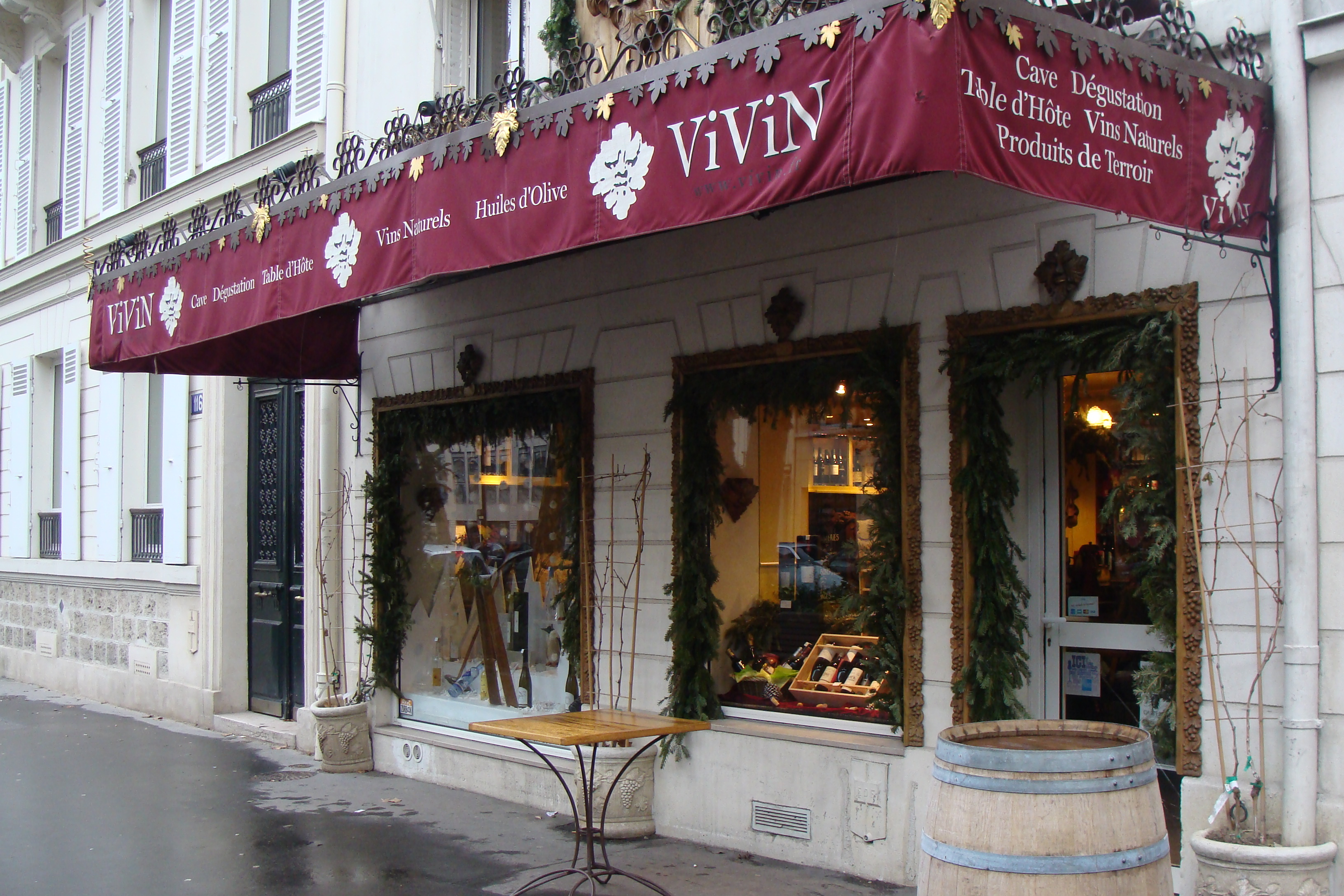
Expecting a shop/bar type of place I thought the address wrong while entering this cosy wine shop. I forgot to mention, that my friend was singing odes on the incredible food he cherished there. Instead, lots, lots and lots of bottles, two huge Spanish hams and a very tall man looking at us as if we just landed from Mars. No wonder as the first thing we asked for was if we could have some lunch.
French gurmet lifestyle
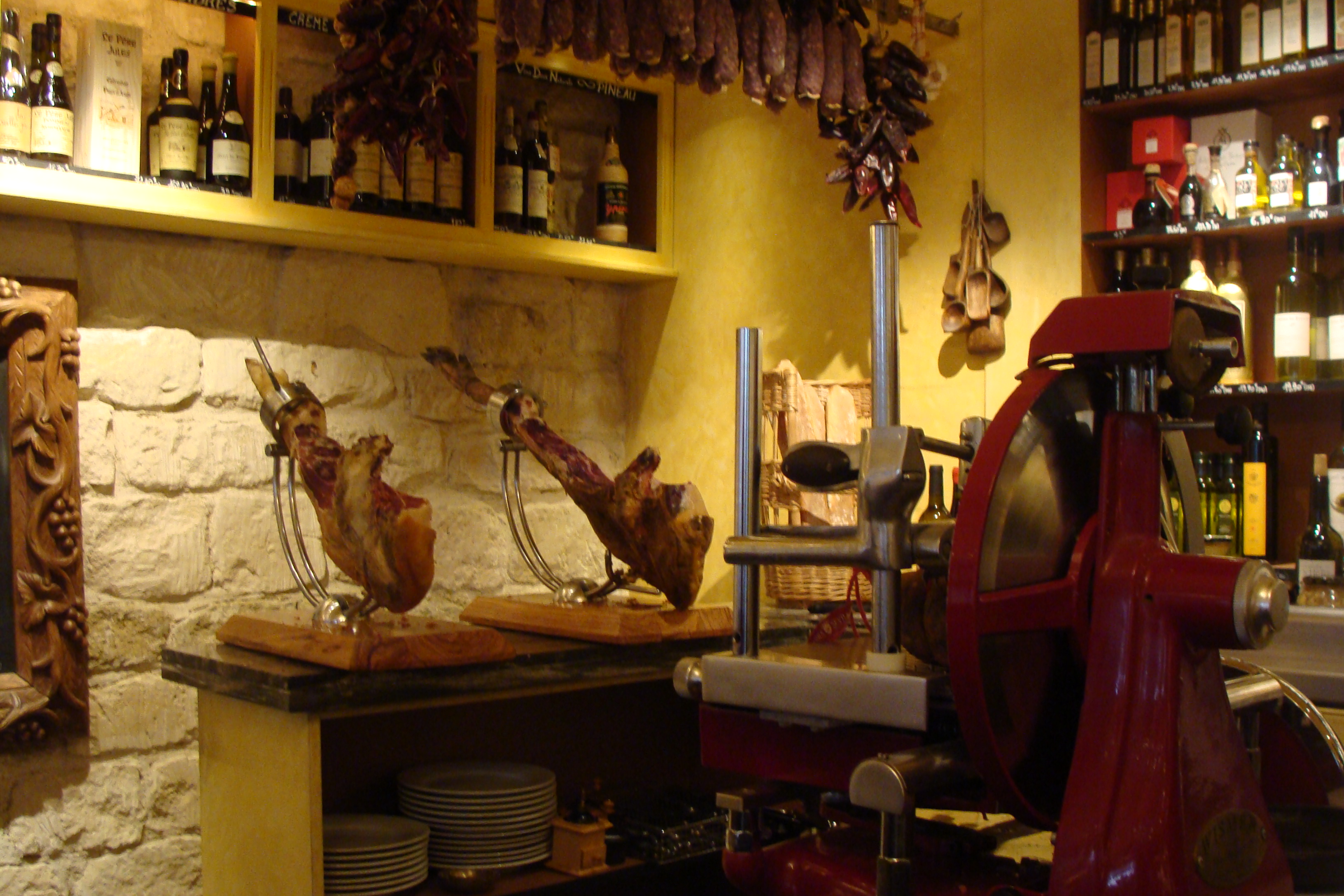
Following laughs from the only table set in the middle of the shop with comments like “so tourists came for lunch to a wine shop,…where are you from?”, we explained we would like to buy some interesting wine and drink it with a bite to eat, and at that point the ice broke down and we were warmly adjoined to the table. Suddenly a crunchy bread, salad and extraordinary plate of the best Spanish ham, marinated peppers, anchovies with pistachios, and even a mouth watering cheese board landed on our table.
Exchange trade is still alive
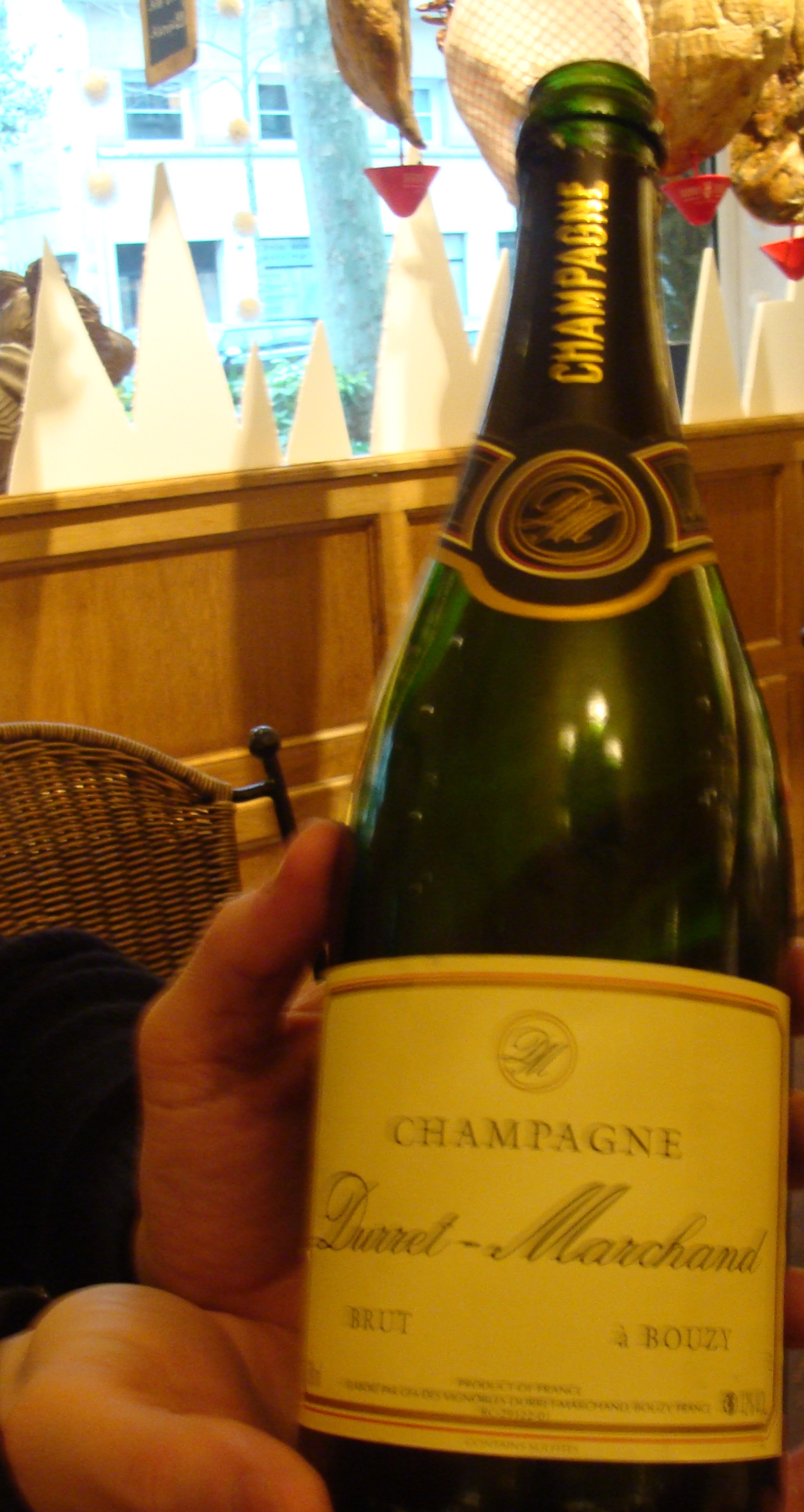
We got a bottle of white Volnay 2005 premier cru, Nicolas Rossignol from Burgundy and shared it with the group next to us for which we got a taste of their red wine ( Domaine la Tour Vieille, Collioure, 2007) from the South-West of France. Both of them of a unique taste. 2005 was an excellent year for white Burgundy. Chardonnay, the typical grape variety for Burgundy, expressed its full potential in this year as it was superbly delicate. Syrah in the red Collioure is dominant. The very first sip unveils typical spicy tones a la Syrah, nevertheless this wine is also fresh and juicy with a nice body as it is blended with Grenache, also found in Spanish Rioja and Priorat, known for its cherry and peppery flavour. As we indulged in our n-th glass, it turned out that one of the French gentlemen was a wine expert hosting various tastings all over Paris. Now, I was sure, that we are at the right place.
To finish up our outstanding lunch, the wine expert ordered a bottle of Champagne, but not a usual one which you can see at every Nicolas or Oddbins. Champagne Duret-Marchant Brut was surprisingly fruity and naturally slightly sweet. As it is a brut, a dry champagne into which only a pinch of sugar is being added, you could drink and drink and never stop. Yes, I mean that, I was lucky enough to have there my partner to help me to find my way back to the hotel.
A real French style lunch. Over two hours and instead of a glass you end up with two bottles. How they do it? God knows, though there is something on the French way of life as they are one of the longest living nations and rarely suffer from heart diseases. So, instead of a spa head to a cellar, slow down the pace of your life ( enjoy long lunches ), and you will live longer! I am just wondering how many days I added to my life while staying in Paris for four days. Scientists! This is worth of an experiment.
The cellar
After finishing the first bottle I was trying to find my way to the ladies room and there it is! Hidden downstairs at the end of the lovely cellar. Walking on the stones on the floor I felt as if I were in a little village in Burgundy or Bordeaux and not in the 10 million metropolis. You must see it.
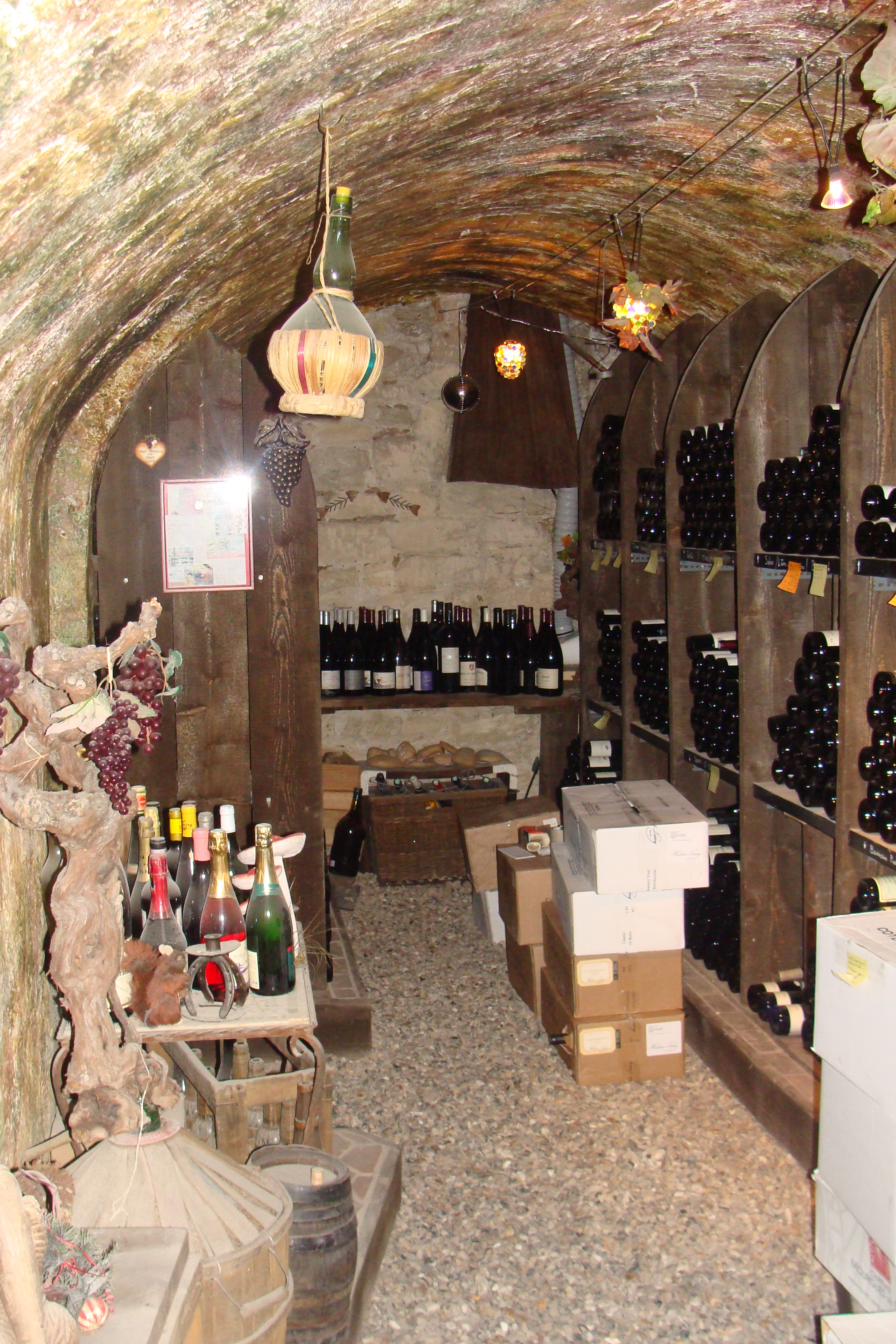
Vivin
Tel: 0146241919
114 Avenue Achille Peretti
92200 Neuilly-Sur-Seine




